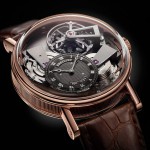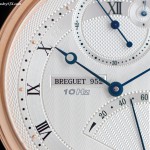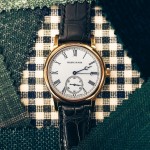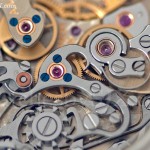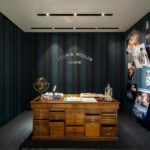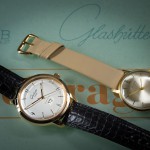Exhibition: A.-L. Breguet and England at The Science Museum, London
A year-long exhibition is now open.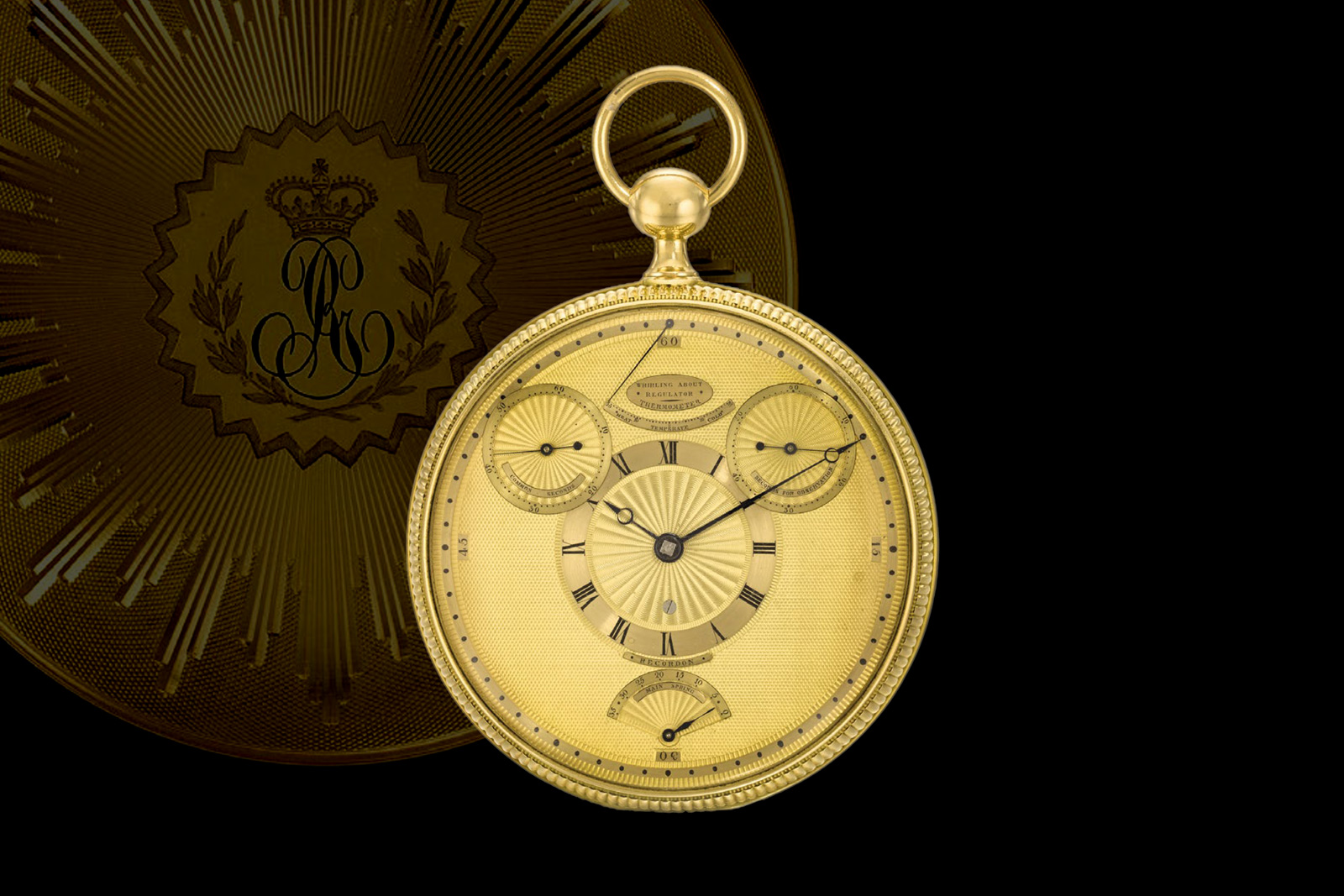
Abraham-Louis Breguet: The English Connection opens today at the Clockmakers Museum, part of The Science Museum in South Kensington, displaying an array of vintage Breguet clocks that illustrate the master watchmaker’s connection to the United Kingdom.
Marking the 200th anniversary of Breguet’s death, the display cases are full of pieces brought together from private and public collections, with some pieces being shown in a museum setting for the very first time.
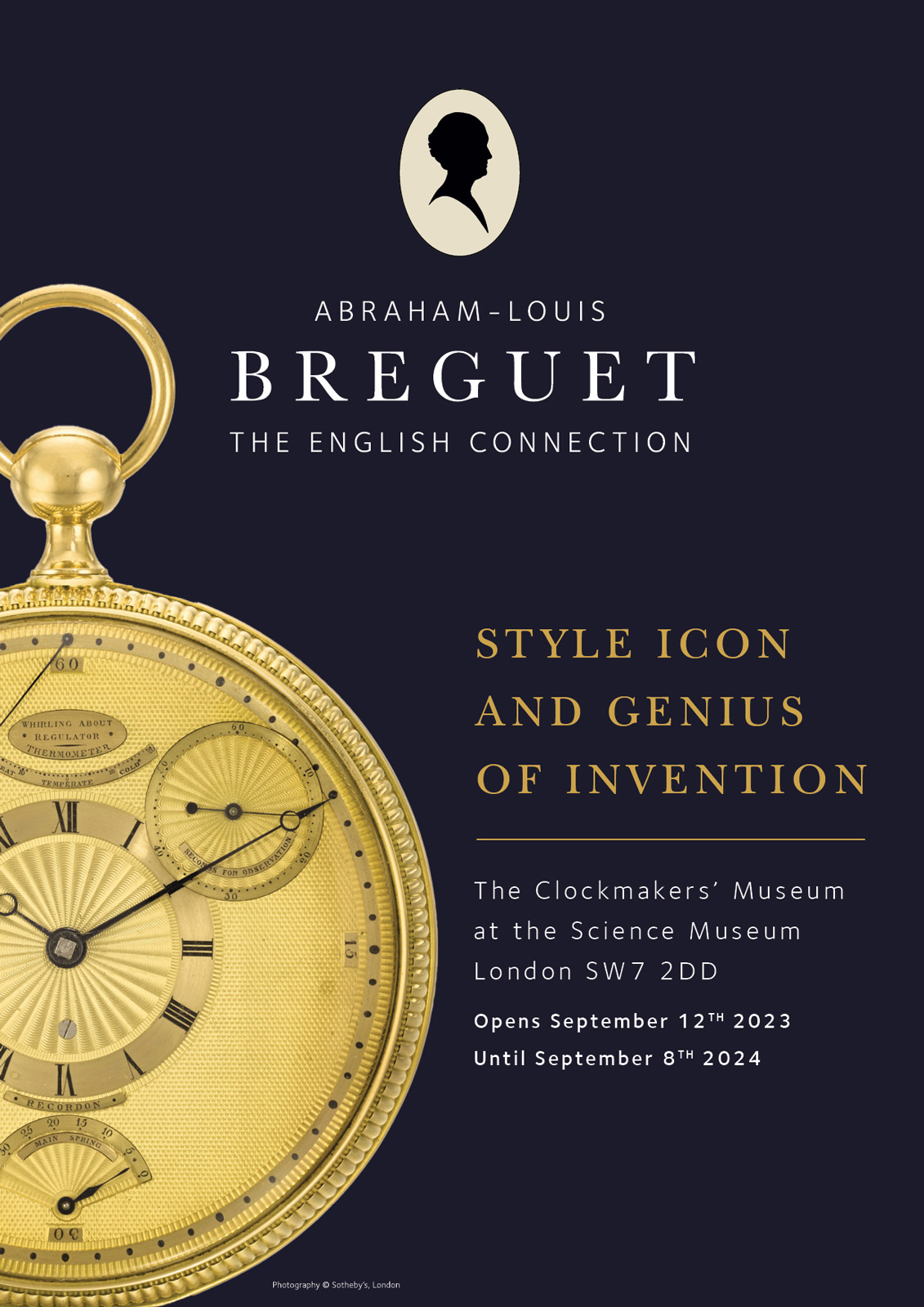
The poster for the exhibition. Image – The Clockmakers’ Museum.
The headline exhibit is the four-minute tourbillon, no. 1297, made for King George III that sold at Sotheby’s in 2020 for £1.6 million (roughly $2 million) that many thought would never be seen in the country again after it crossed the auction block. However, thanks to the efforts of those at the Worshipful Company of Clockmakers and the Clockmaking Museum, it will be on display for an entire year alongside other rarely seen creations from Breguet.
The story behind this watch is worth digging into a bit, as it was bought at a time when England and France were at war with each other and so there was a ban on French goods entering the country. This is why you won’t see the name Breguet anywhere visible on the watch. Instead you have the name of the retailer the King went through inscribed in large lettering on the movement bridge. But if you pay close attention, Breguet signed his name in small letters on the tourbillon carriage, in the hope that it would get past the customs checks at the border.
Inside is a four-minute tourbillon and a fusee and chain system, thermometer, a Robin escapement, and a slide to control the common seconds to allow accurate observational timings.
Alongside this exceptional watch, there are other creations from Breguet that have links to the UK. One made in Breguet’s lifetime, with another made just 10 years after he had passed.
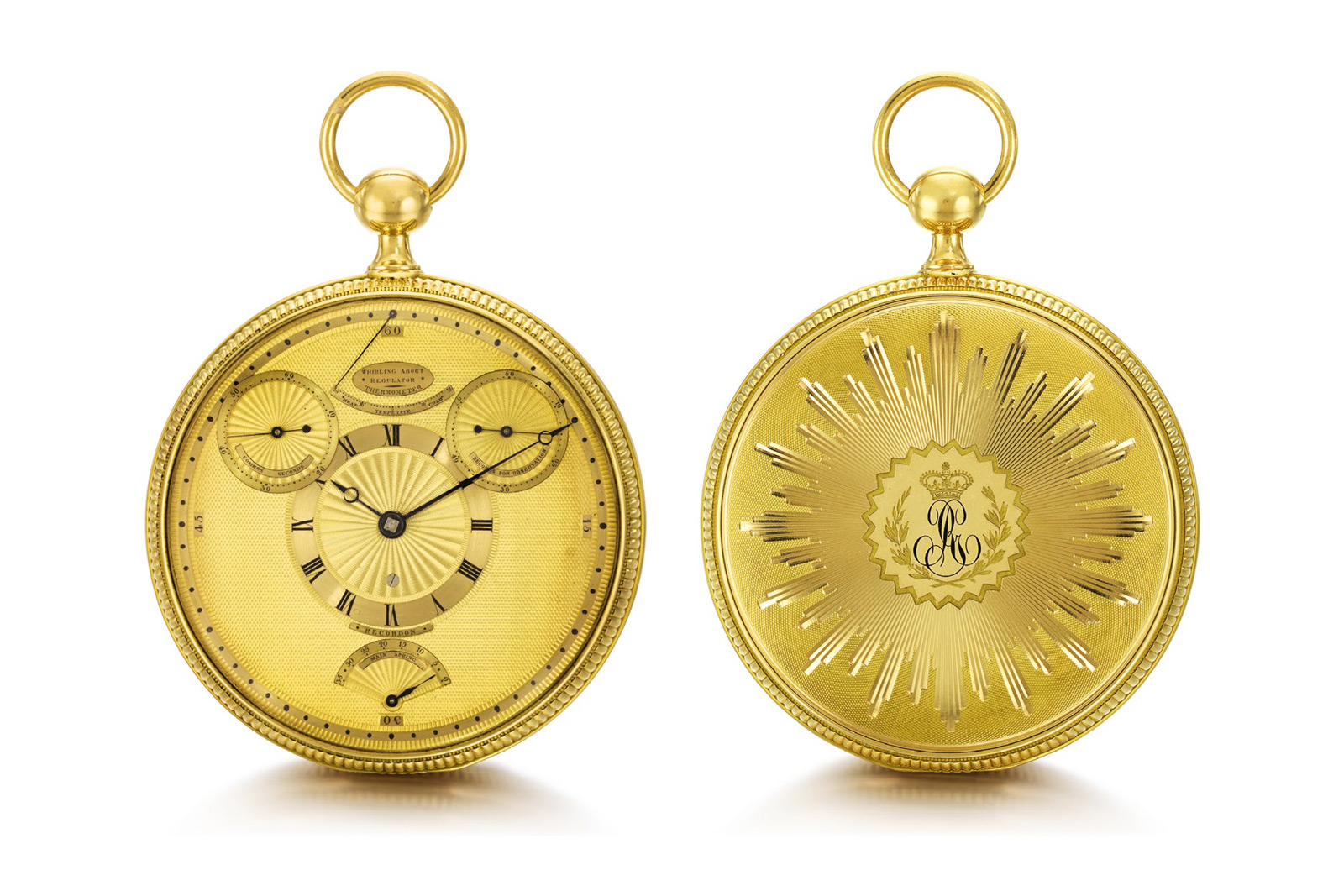
the four-minute tourbillon, originally owned by King George III. Image – Sotheby’s.
First is a pocket watch, no. 2589, sold to Lord Berwick, Thomas Noel Hill, in 1816 that shows the equation of time through a central hand and two sub-dials, displaying the difference between solar time and mean time. An impressive piece which shows some of the inspiration behind George Daniels’ attempts at this complication over 100 years later.
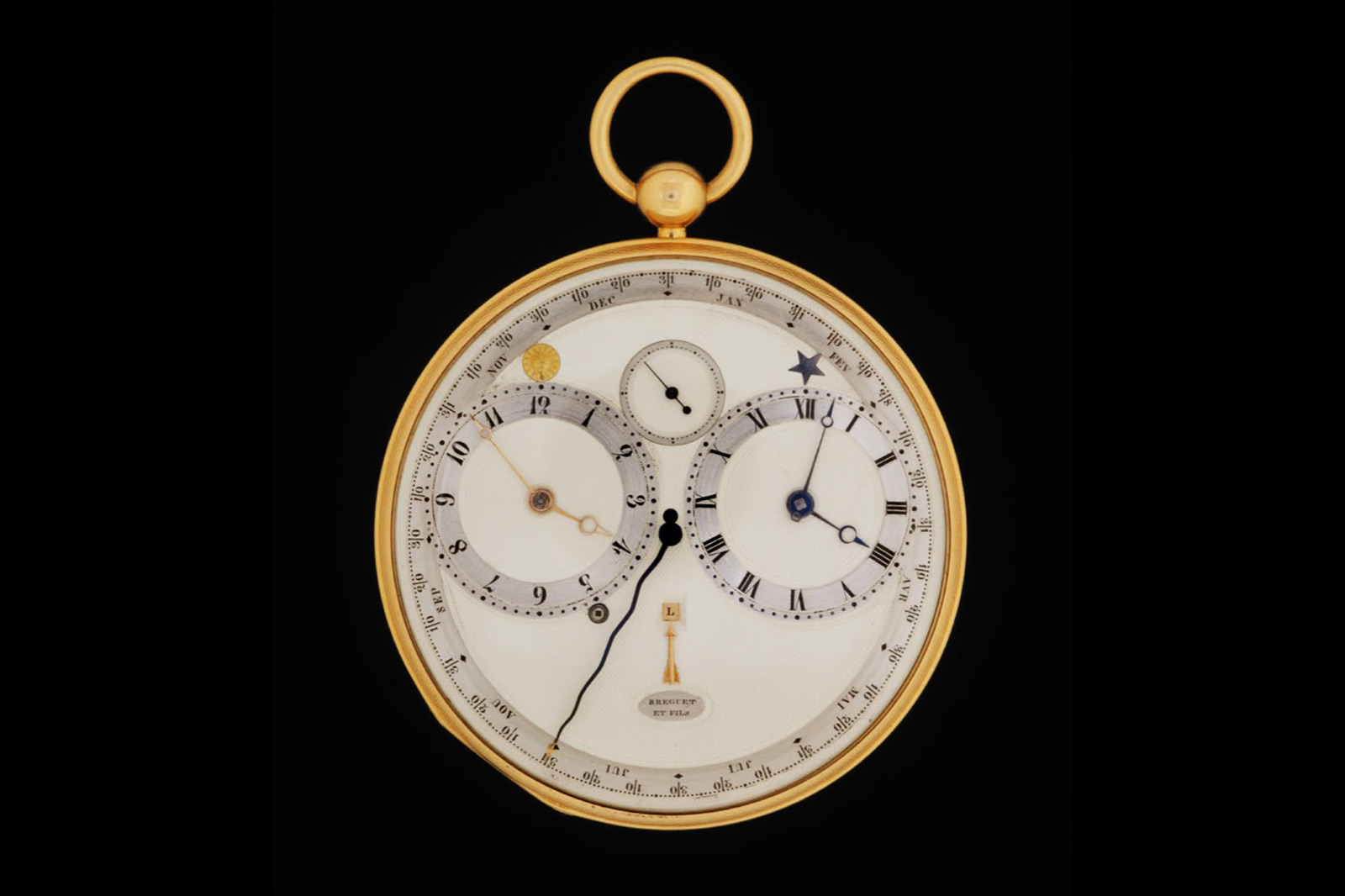
Breguet no. 2589. Image Colin Crisford.
There is also an interesting carriage clock, no. 4633, which was sold to the 12th Earl of Pembroke in 1833. This clock has both half and quarter repeating functions as well as an alarm and is key wound with an eight day power reserve.
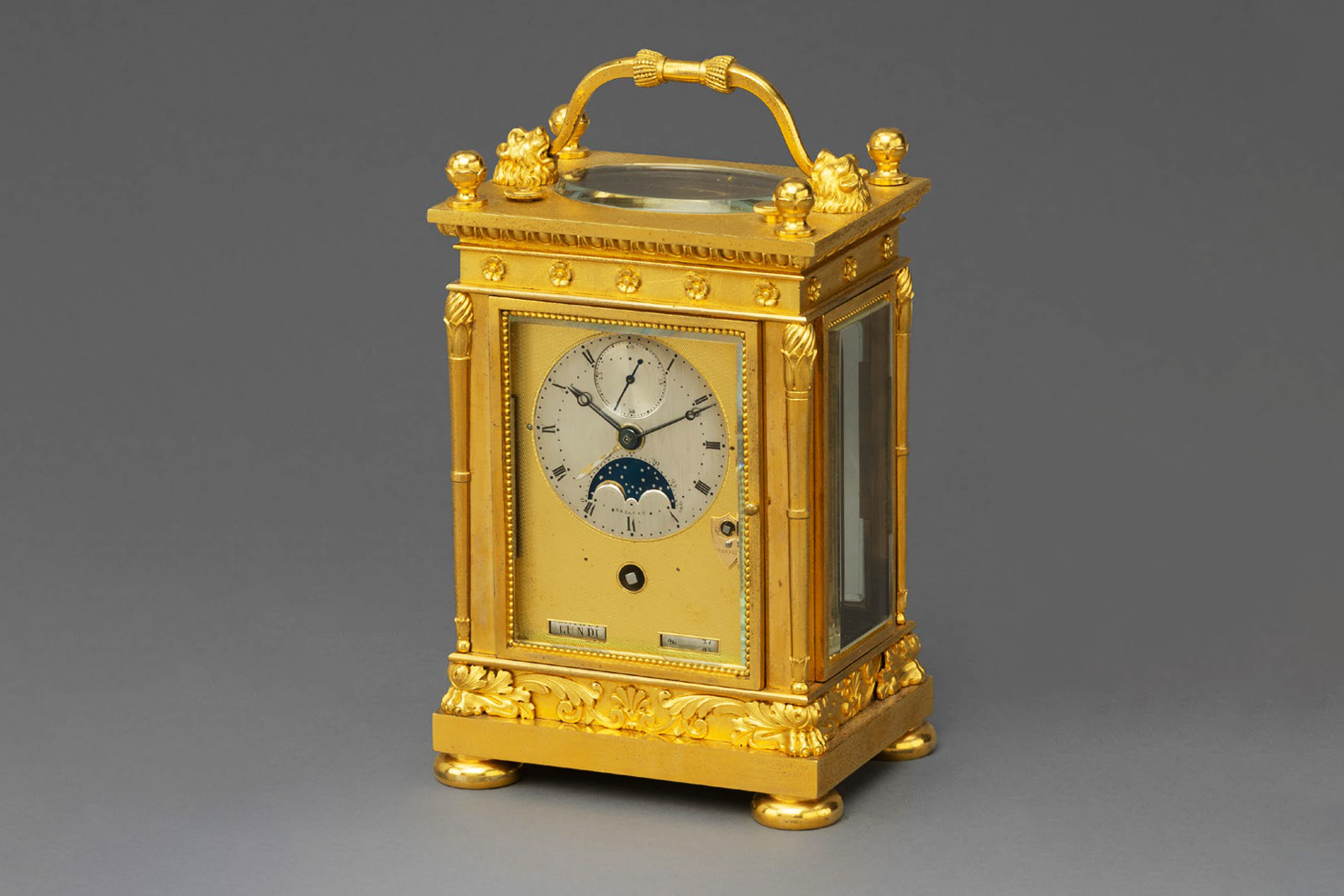
Bregeut no. 4633. Image – Colin Crisford.
The exhibition starts today and runs until September 8, 2024. Located in the Clockmakers Museum, inside the Science Museum, London, SW7 2DD. Entry is free and open to the public with no registration required. It sits alongside the museum’s main collection which features pieces from many great British watchmakers, going back to Mudge, Tompion and many more.
For more, visit clockmakers.org.
Back to top.

